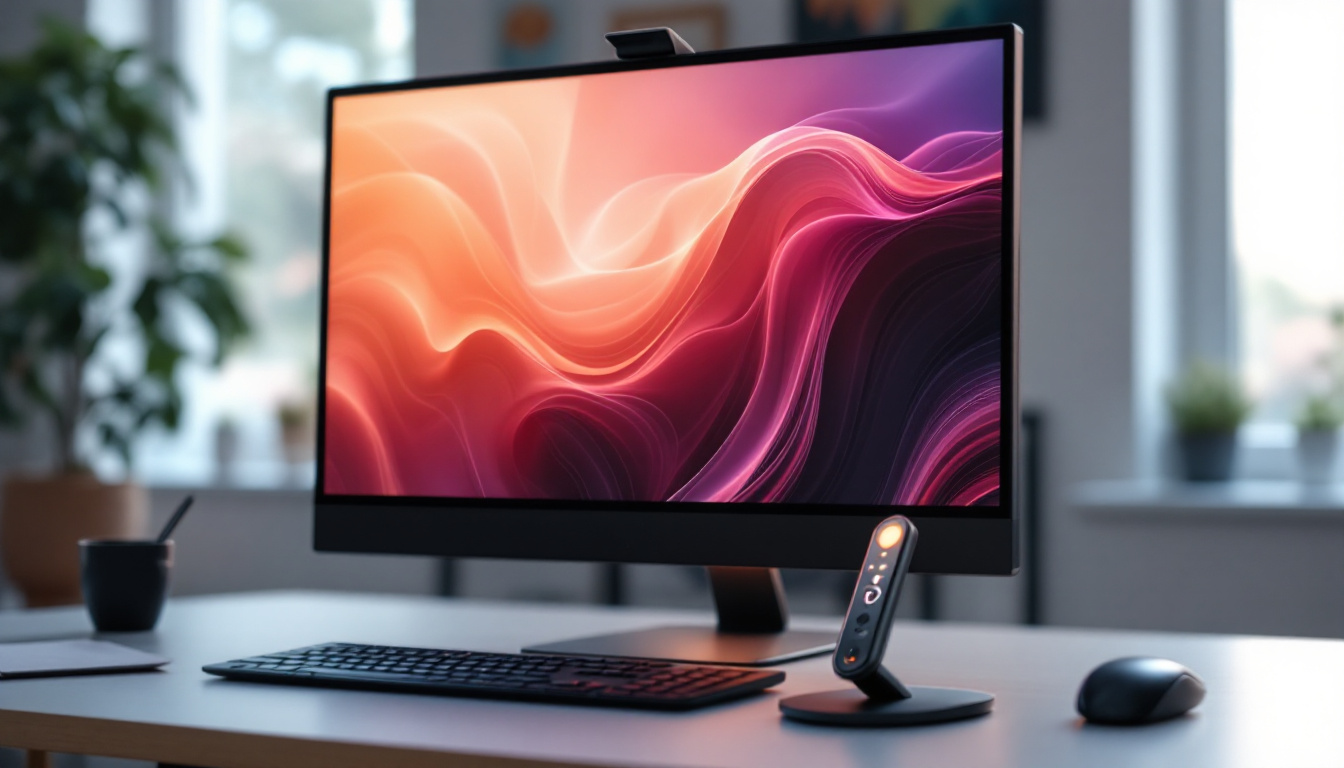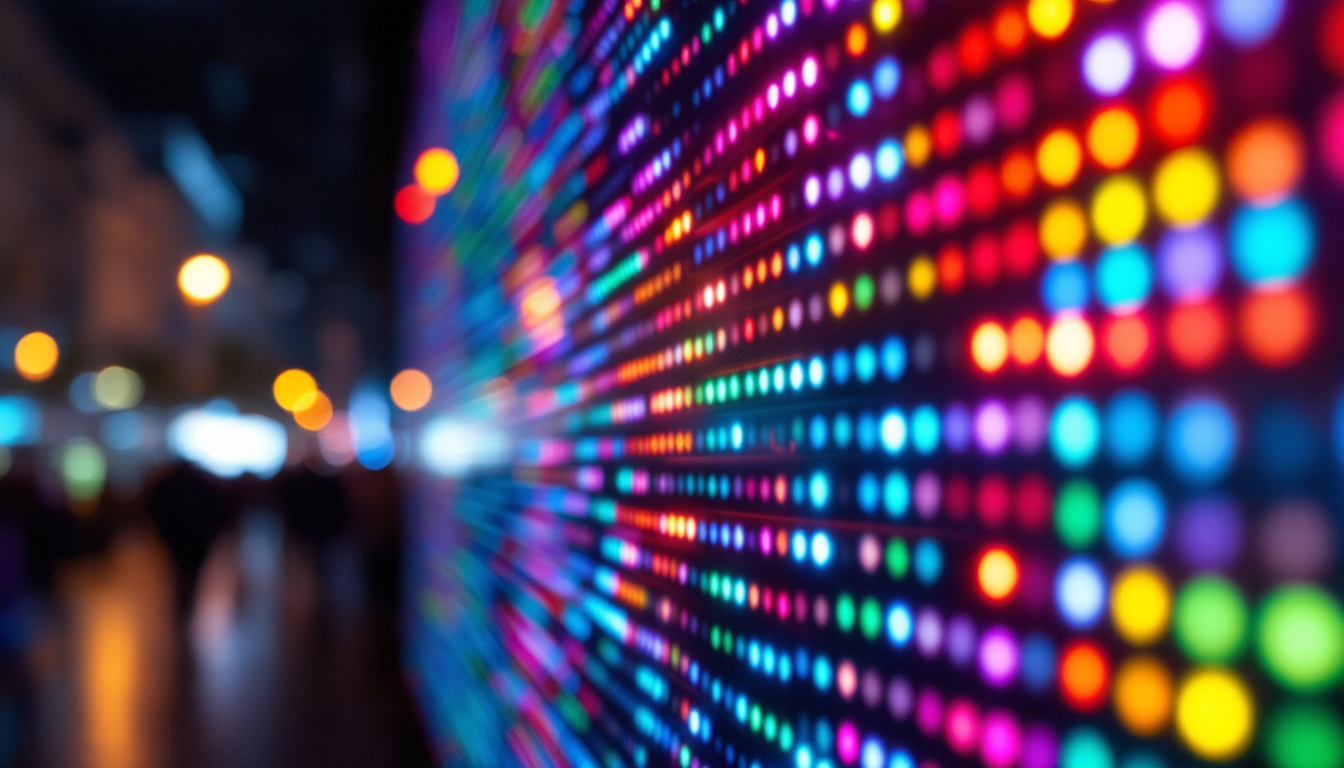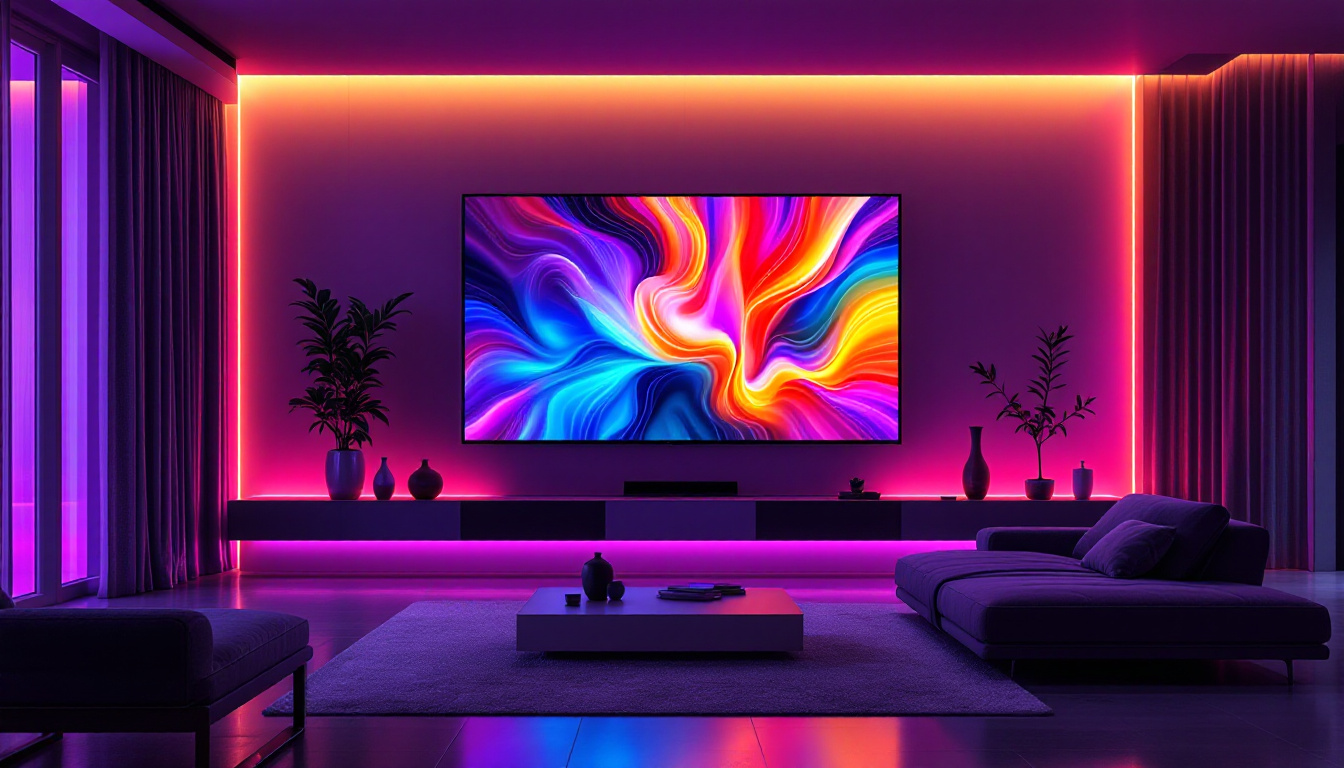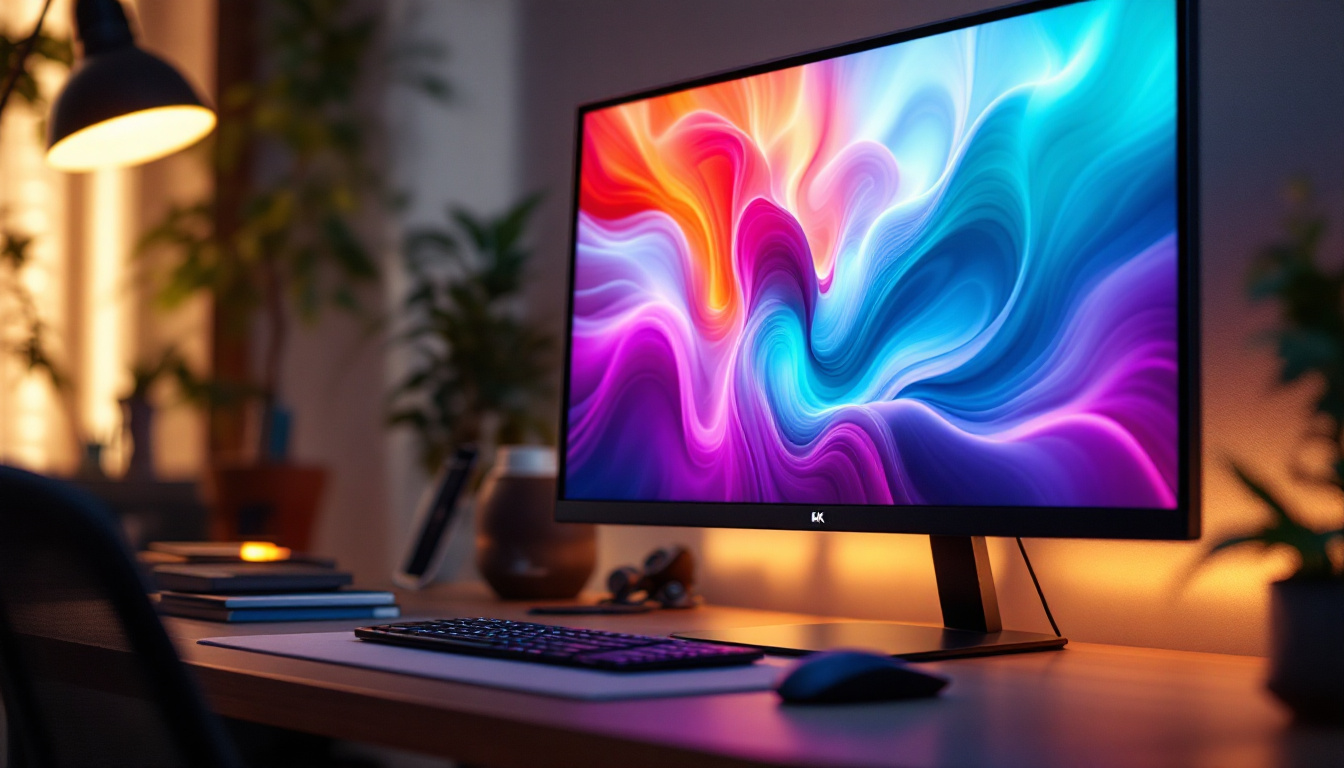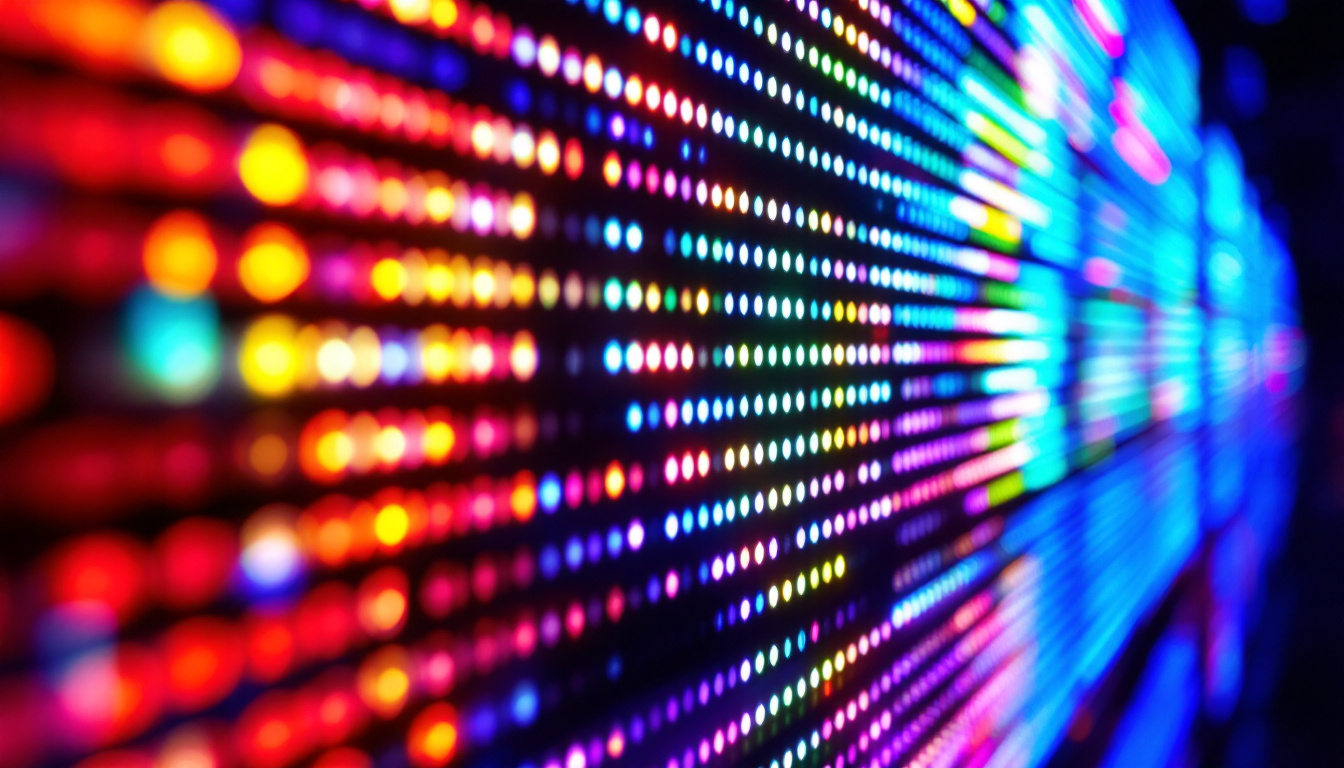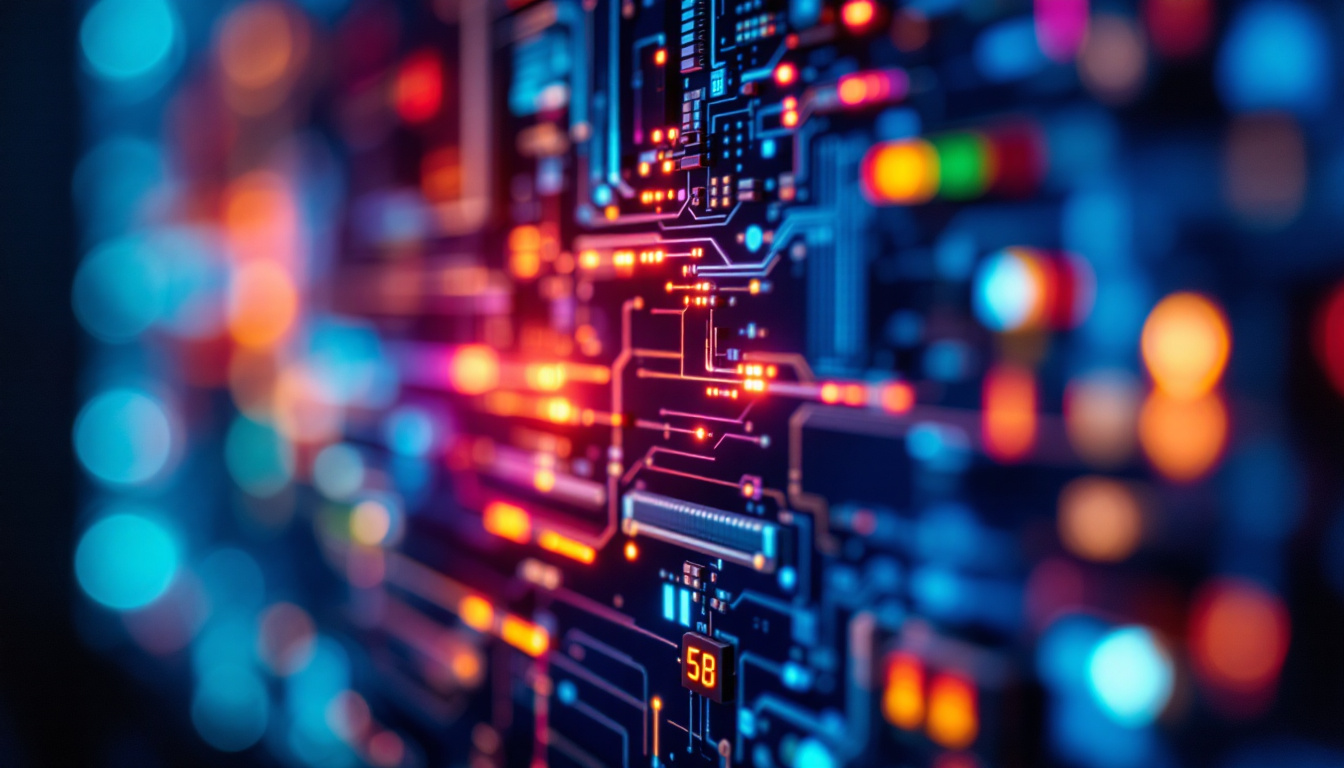In an era dominated by smartphones and multifunctional devices, the large desktop calculator remains a staple in offices, classrooms, and professional environments. Its reliability, ease of use, and clear display make it a preferred tool for many who require quick and accurate calculations. Among the various features that distinguish these calculators, the LED display stands out as a critical component that enhances usability and functionality.
This article delves into the intricacies of large desktop calculators with LED displays, exploring their technology, advantages, and practical applications. Whether you are a business professional, educator, or technology enthusiast, understanding the LED display’s role can help you make informed decisions when selecting or using these devices.
Understanding LED Displays in Large Desktop Calculators
What is an LED Display?
LED, or Light Emitting Diode, displays are a type of electronic visual display that uses light-emitting diodes to present numbers and symbols. In large desktop calculators, these displays typically consist of segmented LEDs arranged to form digits, allowing users to read calculations clearly and quickly.
The technology behind LED displays dates back to the early 1960s, with significant advancements over the decades. Unlike LCD (Liquid Crystal Display) screens, which rely on ambient light and liquid crystals to display information, LED displays emit their own light, making them highly visible even in low-light conditions. This self-illuminating feature not only enhances readability but also contributes to the durability of the display, as LEDs are less prone to damage from impacts compared to fragile liquid crystal screens.
Moreover, LED technology has evolved to include various colors and brightness levels, allowing manufacturers to create displays that are not only functional but also visually appealing. The vibrant colors can help differentiate between various functions or alerts, making it easier for users to navigate complex calculations or identify errors at a glance.
How LED Displays Work in Calculators
Large desktop calculators commonly use seven-segment LED displays. Each digit is composed of seven individual segments that can be lit in various combinations to represent numbers 0 through 9. Some calculators also include additional segments for decimal points or special symbols. The design of seven-segment displays is particularly efficient, as it simplifies the circuitry needed to produce numbers while maintaining clarity and ease of use.
The LEDs are controlled by the calculator’s internal circuitry, which activates the appropriate segments to display the desired number. This process happens almost instantaneously, providing real-time feedback as users input data or perform calculations. The responsiveness of LED displays is crucial in fast-paced environments, such as in engineering or financial sectors, where quick calculations are often necessary. Additionally, many modern calculators incorporate features such as memory functions and complex mathematical operations, all displayed seamlessly on the LED screen, enhancing the overall user experience.
Furthermore, the energy efficiency of LED technology plays a significant role in the design of large desktop calculators. Unlike older display technologies that consumed more power, LEDs require less energy to operate, allowing calculators to maintain longer battery life or reduce the need for frequent power supply changes. This efficiency not only benefits users but also aligns with growing environmental concerns, making LED displays a sustainable choice for electronic devices.
Advantages of LED Displays in Desktop Calculators
Visibility and Readability
One of the most significant benefits of LED displays is their exceptional visibility. Because LEDs emit bright light, numbers on the display are easy to read from various angles and distances. This feature is especially valuable in environments with poor lighting or for users with visual impairments.
Studies have shown that LED displays reduce eye strain compared to some other display types, which is crucial for professionals who rely on calculators for extended periods. The clarity of the display helps minimize errors and improves overall efficiency. Additionally, the vibrant colors and sharp contrast offered by LED technology enhance the user experience, making calculations not only more accessible but also more enjoyable. Users can easily differentiate between various functions and results, which is particularly beneficial in complex computations where precision is key.
Durability and Longevity
LEDs are known for their durability and long lifespan. Unlike LCDs that may suffer from backlight failures or screen degradation over time, LED displays tend to maintain their brightness and functionality for many years. This longevity makes large desktop calculators with LED displays a cost-effective investment for businesses and educational institutions.
Moreover, LED displays are less susceptible to damage from temperature fluctuations and physical shocks, making them suitable for a variety of work environments. This resilience is particularly important in settings such as construction sites or laboratories, where equipment is often exposed to harsh conditions. Furthermore, the robust nature of LED technology means that these displays can withstand the rigors of daily use, ensuring that users can rely on their calculators without the fear of malfunction or failure.
Energy Efficiency
While LED displays consume more power than LCDs, advances in LED technology have significantly improved their energy efficiency. Modern large desktop calculators are designed to balance brightness with power consumption, often incorporating automatic shut-off features to conserve energy when not in use.
This balance ensures that users benefit from the bright, clear display without excessive battery drain or electricity costs, an important consideration for both portable and stationary calculators. Additionally, many manufacturers are now focusing on sustainability, producing calculators that not only utilize energy-efficient LEDs but are also made from recyclable materials. This commitment to eco-friendly practices resonates with environmentally conscious users, who appreciate products that contribute to a greener planet while still delivering high performance and reliability.
Comparing LED Displays with Other Display Technologies
LED vs. LCD Displays
LCD displays are common in many calculators due to their low power consumption and thin profile. However, they rely on ambient light or backlighting to be visible, which can be a disadvantage in dimly lit settings. LED displays, by contrast, are self-illuminating and offer superior brightness and contrast.
For large desktop calculators, where visibility and durability are priorities, LED displays often outperform LCDs. However, LCDs may be preferred in portable calculators where battery life is a critical factor.
OLED and Other Emerging Technologies
Organic Light Emitting Diode (OLED) technology has made significant strides in display quality and energy efficiency. While OLED displays offer excellent contrast and color depth, they are rarely used in desktop calculators due to higher costs and potential longevity issues compared to traditional LEDs.
Other technologies, such as e-ink, are also emerging but are primarily suited for specialized applications like e-readers rather than calculators.
Practical Applications and User Considerations
Who Benefits Most from Large Desktop Calculators with LED Displays?
Large desktop calculators with LED displays are particularly beneficial in professional settings where quick, accurate calculations are routine. Accountants, engineers, cashiers, and educators often prefer these devices because of their ease of use and clear display.
In educational environments, the bright LED display helps students follow calculations during lessons, enhancing learning and reducing errors. Similarly, in retail or banking, the visibility of the LED display supports fast and accurate transactions.
Ergonomics and Design Features
Beyond the display, the overall design of large desktop calculators plays a role in user satisfaction. Many models feature oversized buttons, angled displays, and sturdy construction to complement the LED screen’s readability.
Some calculators also integrate additional features such as memory functions, tax calculation keys, and currency converters, making them versatile tools for various professional needs.
Maintenance and Troubleshooting of LED Displays
Common Issues and Solutions
While LED displays are generally reliable, users may occasionally encounter issues such as dimming, flickering, or dead segments. These problems can result from aging components, power supply issues, or physical damage.
Simple troubleshooting steps include checking the power source, cleaning the calculator to remove dust, and ensuring buttons are not stuck. In many cases, professional repair or replacement may be necessary if the display malfunctions persist.
Extending the Lifespan of Your Calculator
To maximize the lifespan of a large desktop calculator with an LED display, it is advisable to keep it in a clean, dry environment and avoid exposure to extreme temperatures. Regularly inspecting the device and handling it gently can prevent many common issues.
Additionally, selecting models from reputable manufacturers with strong warranties can provide peace of mind and ensure long-term reliability.
Future Trends in Calculator Display Technology
Integration with Smart Technologies
The future of desktop calculators may see increased integration with smart technologies, including connectivity features and enhanced display capabilities. While LED displays remain popular for their simplicity and reliability, hybrid models incorporating touchscreens or color displays could emerge.
Such innovations aim to combine the familiar functionality of traditional calculators with the versatility of modern devices, catering to evolving user demands.
Sustainability and Eco-Friendly Designs
As environmental concerns grow, manufacturers are exploring sustainable materials and energy-efficient components for calculators. LED technology, with its relatively low power consumption and long lifespan, aligns well with these goals.
Future designs may emphasize recyclability and reduced environmental impact, ensuring that even simple devices like calculators contribute to broader sustainability efforts.
Conclusion
Large desktop calculators with LED displays continue to hold a vital place in professional and educational settings due to their clarity, durability, and ease of use. The LED display technology provides distinct advantages in visibility and reliability that are essential for accurate and efficient calculations.
Understanding the features and benefits of LED displays helps users select the right calculator for their needs and maintain it effectively. As technology advances, these devices are likely to evolve, integrating new features while preserving the core strengths that make them indispensable tools.
For anyone relying on desktop calculators, appreciating the role of the LED display is key to maximizing productivity and ensuring long-term satisfaction with this timeless technology.
Discover LumenMatrix’s Advanced LED Display Solutions
As you embrace the efficiency and clarity of LED displays in your large desktop calculators, why not extend that same level of precision and visibility to your broader visual communication needs? LumenMatrix, a leader in LED display technology, offers an array of innovative solutions designed to captivate your audience and amplify your message. From dynamic indoor and outdoor LED walls to specialized displays for vehicles, sports, and custom applications, LumenMatrix is committed to revolutionizing the way you share information. Check out LumenMatrix LED Display Solutions today and experience the transformative power of cutting-edge LED technology.


